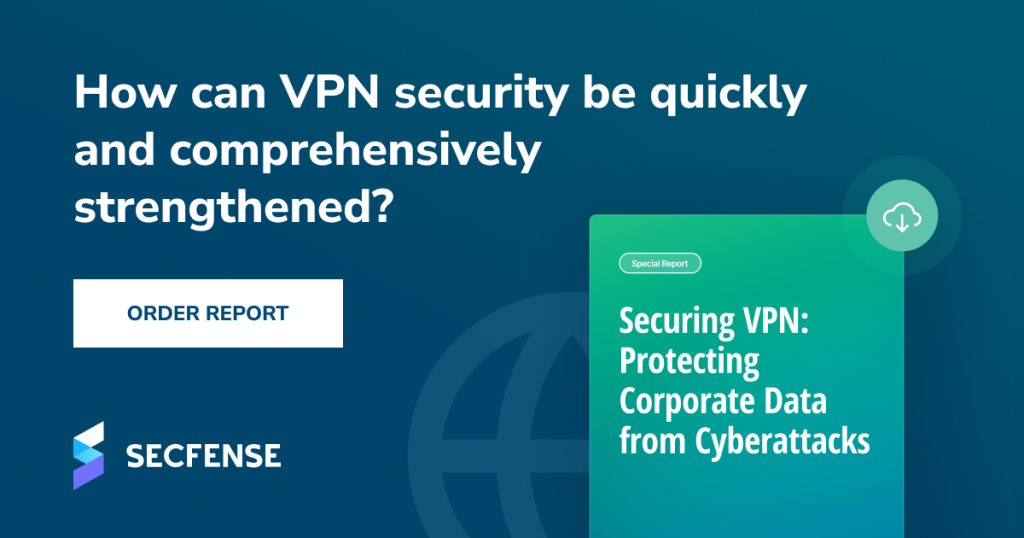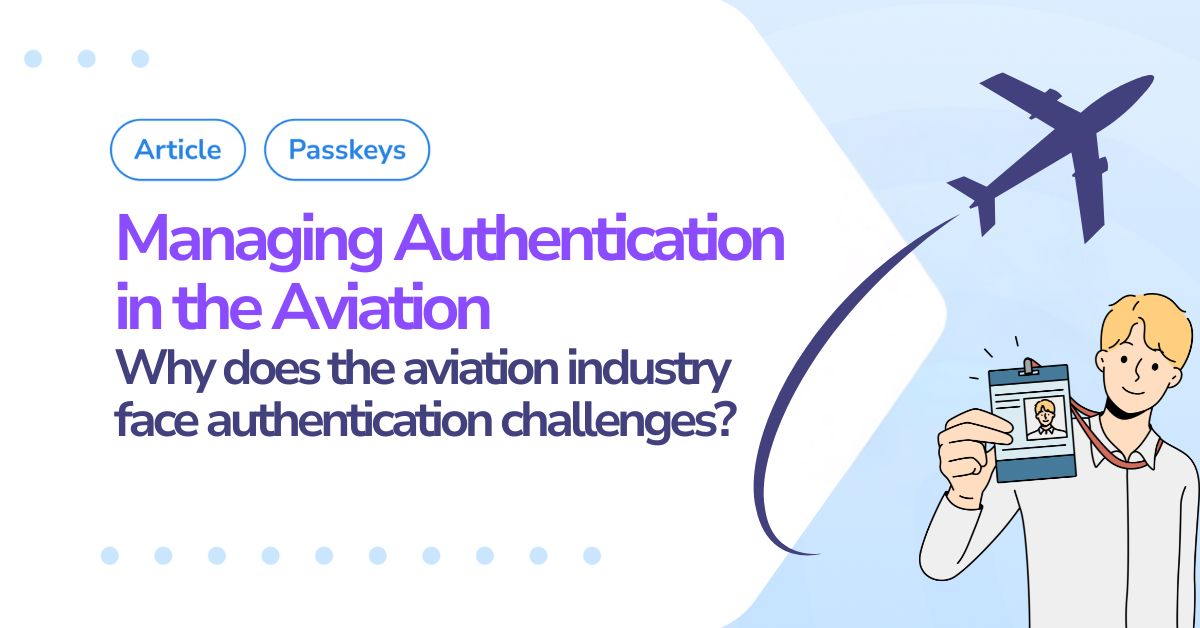Why Does the Aviation Industry Face Authentication Challenges?
The aviation industry comprises a complex network of airlines, airports, third-party suppliers, government agencies, and other stakeholders. Each of these entities operates with its own security systems and access management protocols. This fragmentation makes identity and authentication management challenging, especially when managing access for external employees, such as baggage handlers or cleaning staff, who often rely on physical ID badges instead of digital devices. Secfense offers a solution designed to unify and streamline authentication management across this complex ecosystem, enhancing security with a passwordless approach that requires no changes to existing infrastructure.

What Are the Key Authentication Challenges in Aviation?
1. Lack of a Unified Authentication Standard
Each organization within aviation—whether airlines, airports, or external service providers—relies on different security systems, making it difficult to establish a common, integrated approach to identity and access management. This lack of standardization can hinder collaboration and create data security vulnerabilities.
2. Varied Access Methods Across Workforce
Many external staff, including those from third-party providers, depend on physical ID badges instead of smartphones or other digital devices. This disparity complicates the implementation of digital authentication systems commonly used by full-time staff, making it challenging to secure access uniformly across the aviation ecosystem.
3. Limited Collaboration Due to Interoperability Barriers
Differences in security systems across airlines, airports, and vendors impede effective collaboration. Organizations end up with varied authentication procedures, which increases the risk of security incidents due to procedural errors and complicates overall access management.
4. Elevated Security Risks from Fragmented Systems
A lack of standardization among authentication systems across different aviation entities creates more points of vulnerability, which cybercriminals can exploit. Fragmented access systems make it harder to monitor and respond to threats consistently across the network of stakeholders.
How Can Secfense Improve Authentication in the Aviation Industry?
Secfense offers a passwordless authentication solution that integrates into existing systems without requiring changes to the application code. Here are the main advantages Secfense brings to the aviation sector:
1. Establishing a Unified Authentication Standard
Secfense enables a standard approach to authentication, allowing all organizations within aviation to adopt the same high-security measures. Utilizing passkeys and FIDO standards, Secfense eliminates the need for passwords, reducing risks associated with credential theft or loss. Standardized access simplifies management and enables smoother collaboration between organizations using different platforms.
2. Seamless Integration with Existing Infrastructure
Secfense operates as a reverse proxy, allowing deployment without altering existing applications or systems. This means aviation organizations can implement new authentication standards without the cost or complexity of infrastructure changes, making it a valuable solution for large systems where modifications can be risky and costly.
3. Support for Diverse Access Methods
Secfense allows secure authentication for users regardless of the devices they use. This flexibility enables organizations to secure access even for employees relying on physical identification, bridging the gap between digital and non-digital users.
4. Enhanced Security and Consistency Across the Aviation Ecosystem
Secfense improves overall data security within aviation by providing real-time user monitoring and supporting rapid responses to security incidents. Standardized authentication also improves access management across the ecosystem, reducing risks and improving consistency in security practices among stakeholders.

How Does Secfense’s Passwordless Solution Work in Practice?
Consider a scenario where a team of baggage handlers requires access to a baggage management system but only uses physical ID badges. By implementing Secfense, these workers can be securely authenticated without digital devices. Secfense provides an added layer of security that verifies their access while ensuring compliance with industry standards, improving security without requiring organizations to issue new devices.
How Can Secfense Help the Aviation Industry Address Authentication Fragmentation?
The aviation sector, with its layered structure and extensive collaboration requirements, needs a unified yet flexible solution for authentication. Secfense addresses this need by reducing access system fragmentation and improving data security through FIDO-based passwordless authentication. With Secfense, aviation entities can manage identity across diverse systems seamlessly, enhancing security without making costly changes to infrastructure.
Learn More
For insights on how Secfense can support secure, unified access management in aviation, contact a Secfense expert. Additionally, learn more about enhancing security in complex environments through our “Security in the Work-from-Anywhere World” webinar. For further reading, explore our report, “Securing VPN: Protecting Corporate Data from Cyberattacks,” for actionable guidance on VPN protection in remote and hybrid work models.
